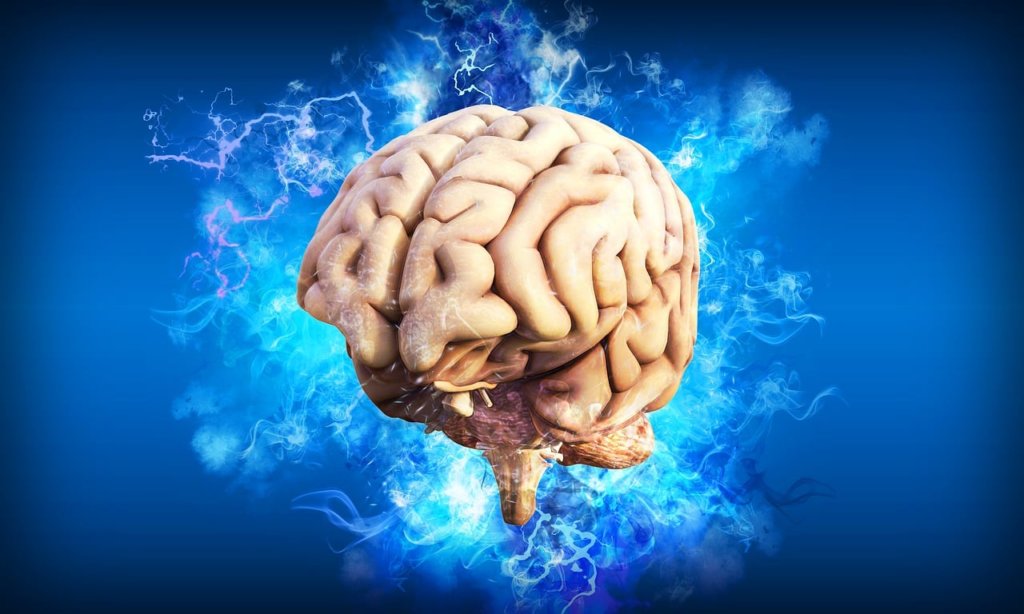To the Brain and Back: An Introduction

“To the Brain and Back” is a new regular series of articles in Canadian Audiologist that shares the neuroscience of hearing and communication with the audiology community. This is the third edition of a series originally known as “Grand Central Station” by Kelly Tremblay and then “Mysteries of the Hearing Brain” by Samira Anderson. To fill the shoes of these well-respected researchers and writers is a tall order, but I am excited to continue this series’s legacy. Science outreach is important to me and I look forward to sharing my time with you.
One of the original goals of this series was to promote bridge-building between audiologists and researchers who study hearing and the brain, a commitment to which Samira Anderson adhered and one that I intend to maintain. In her first contribution, Kelly Tremblay explained that a central train hub represented the clinician-researcher exchange:
Grand Central Station is aimed at connecting clinicians with science, acknowledging that this is sometimes a two-way return trip.
Speech, hearing, and brain researchers greatly benefit from the contributions of audiological practice. Audiologists participate in research, connect patients to research laboratories, and provide feedback on the usefulness of researcher discoveries. More generally, everyday interactions between audiologists and patients are a breeding ground for fresh research ideas. Researchers hope their work aids clinicians and sparks innovations that improve assessments, rehabilitation strategies, and patient outcomes. Successful translation of research into practice is highly desirable and rewarding for the scientist.
Not only do clinicians and scientists work bi-directionally in this way, the ear and the brain do too. “To the Brain and Back” is meant to represent both analogies. The loop from the ear to the brain sets the tone for the material appearing in this column, which is shaped by the loop between scientists and audiologists. Topics I am keen to write about include the role of brain plasticity in hearing rehabilitation, how hearing loss affects how listeners use short- and long-term memory, advances in EEG-based measures of hearing assessment, and brain processes engaged by speech-in-noise listening. I will frequently try to position this work with an eye toward clinical utility. I encourage you to write to me if you have follow-up questions (or corrections!) about any material I write about, and I definitely invite you to provide suggestions for future articles. It’s best to contact me by email at btpaul@torontomu.ca.
Who am I?
I am an Assistant Professor in the Department of Psychology at Toronto Metropolitan University in Toronto, Ontario, where I direct the Cognitive Hearing Laboratory. In step with the theme of this column, our research examines the relationship between hearing and brain function during complex listening and everyday communication. The lab is currently examining how the brain changes following age-related hearing loss, and how hearing loss affects social behaviours. We study a range of questions, including: is cognitive decline a consequence of hearing loss? Do we rely on other senses like vision and touch when we lose our hearing, and if so, how? Does hearing loss lead to loneliness and social isolation, and what are the associated consequences for cognitive ability? We also prioritize translational research with aims to improve hearing assessment and rehabilitation strategies and develop policies or standards that benefit those who face challenges with listening and communicating in public spaces.
Techniques and methods we most commonly use include behavioural studies and standard clinical tests (speech and natural listening tasks), electroencephalography (EEG), and eye-tracking. Periodically we also use brain stimulation and computational modeling of the cochlea and brainstem. We are currently developing new work that closely examines forms of otoacoustic emissions and how they change with age. I am appreciative that these efforts have been supported by our sponsors, the Natural Sciences and Engineering Council of Canada, the Canadian Foundation for Innovation, the Province of Ontario, Toronto Metropolitan University, and in the past, the Canadian Standards Association, and the American Tinnitus Association.
My career focus on hearing and brain science was not by design but emerged through opportunity. Like many in the hearing research world, I fell into science through music. I started university as a jazz drummer and developed a desire to understand how hearing and listening contributed to the music experience. I fell in love with the auditory system through academic study; the rest is history.
I am not a clinician but I’ve been lucky to be adjacent to the clinical world throughout my career. My Master’s education in Speech and Hearing Science at The Ohio State University was alongside audiologists and speech-language pathologists in training. My PhD work at McMaster University centered on neural and cochlear factors related to tinnitus, which frequently connected me with the audiology community. I completed post-doctoral research in the audiology department at the Université de Montréal and in the Cochlear Implant Program at Sunnybrook Health Sciences Centre in Toronto. I’ve delivered presentations for webinars of the Canadian Academy of Audiology (CAA) and the CAA annual conference. Finally, I’ve contributed a few standalone articles to Canadian Audiologist, which led me to the opportunity to contribute more regularly with this community. Many audiologists are my friends and colleagues, and I feel grateful to learn from their experiences and insights, and share some of my own.
I look forward to connecting with you again in the next issue!

